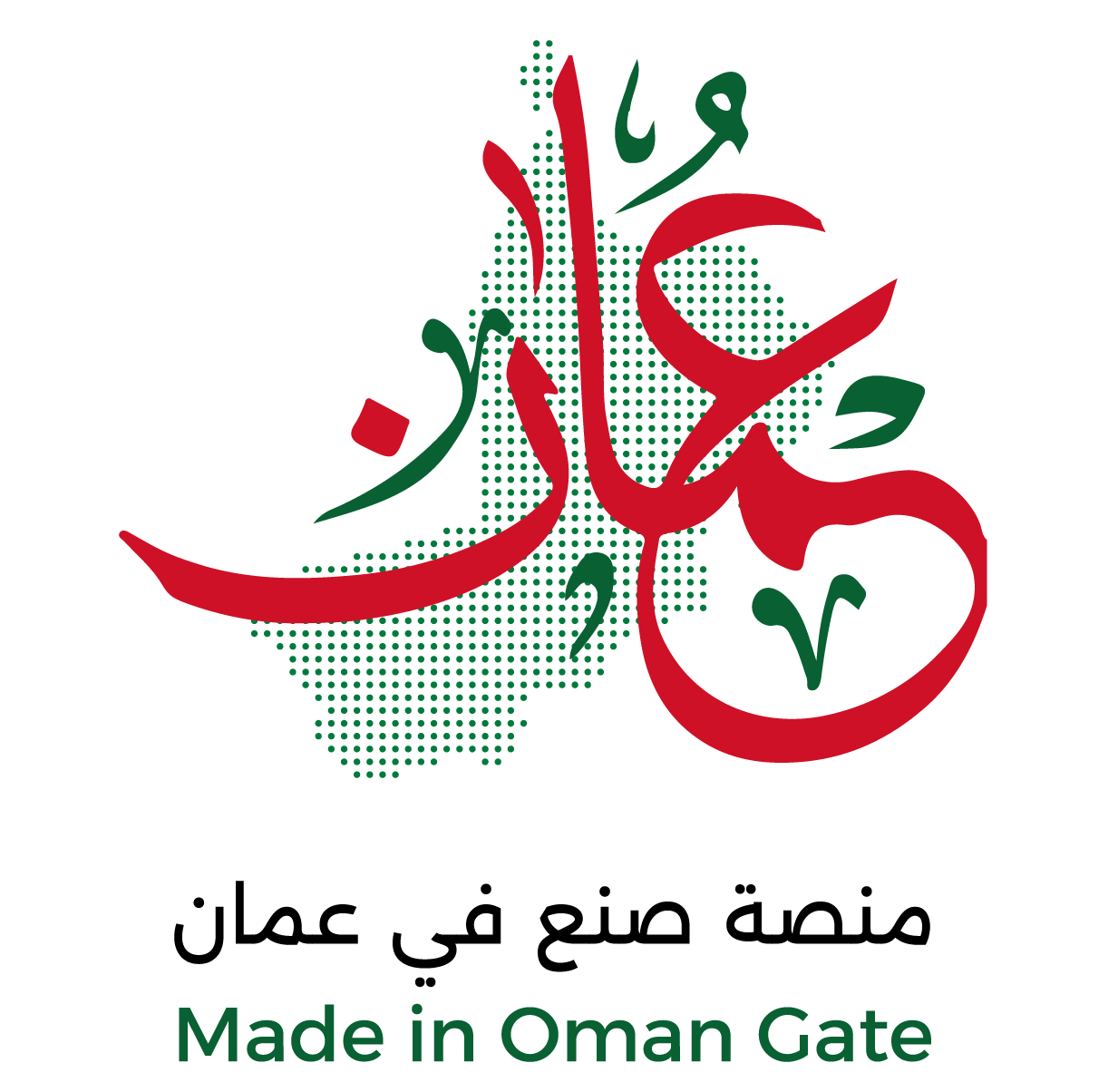The Ministry of Transport, Communications and Information Technology is currently in the process of launching a campaign to encourage the adoption of public transport, according to the Director of Transport Modelling Department, Iman Hassan al Lawati.
Speaking to the Observer, Al Lawati shared that a tender in support of this initiative is currently being drafted by the Ministry. “Behavioral change is a big challenge, because in Oman especially we are used to using motorized vehicles,” she said, adding that the campaign will also aim to tackle public perceptions of public transport.
According to Al Lawati, the preference for motorized vehicles can be attributed to the current layout of the cities, and due to negative connotations surrounding public transport.
Additionally, she believes that weather conditions also pose a significant challenge. However, she shared that a workaround is the use of public transport during evening hours for the four months of summer.
Furthermore, the Director pointed out that several other challenges are currently facing the establishment of a strong public transport system in Oman including land use and planning, policy alignment, and infrastructure investment.
Significantly, the Ministry is currently in the process of implementing a public transport system in the upcoming new smart cities in collaboration with the Ministry of Housing and Urban Planning, said Al Lawati.
Public transport has been identified as a tool for decarbonizing the transport sector, which accounts for 18 percent of total greenhouse gas emissions in Oman.
Initially, the Ministry is expected to utilize combustion engine buses in its public transport system, then switch to biofuels in the short term, while opting for electric buses for short-distance travel, and hydrogen fuel cell powered buses in the long term as part of its green mobility plan.
According to officials, the introduction of a metro system in the country must be first preceded by a strong public transport system that can support the metro’s routes.
Public transport is expected to cover 45 percent of urban areas in the country according to the goals of the National Spatial Strategy.
Oman Observer


